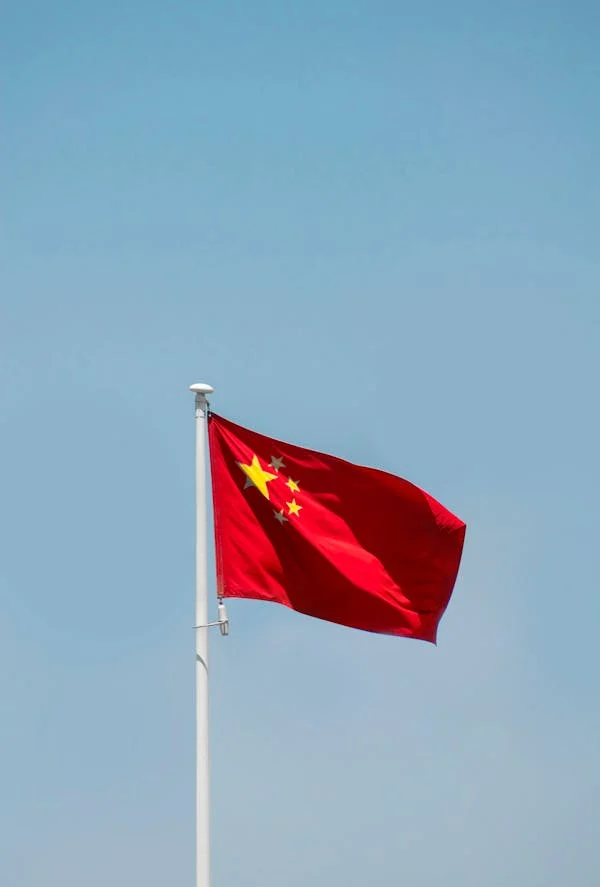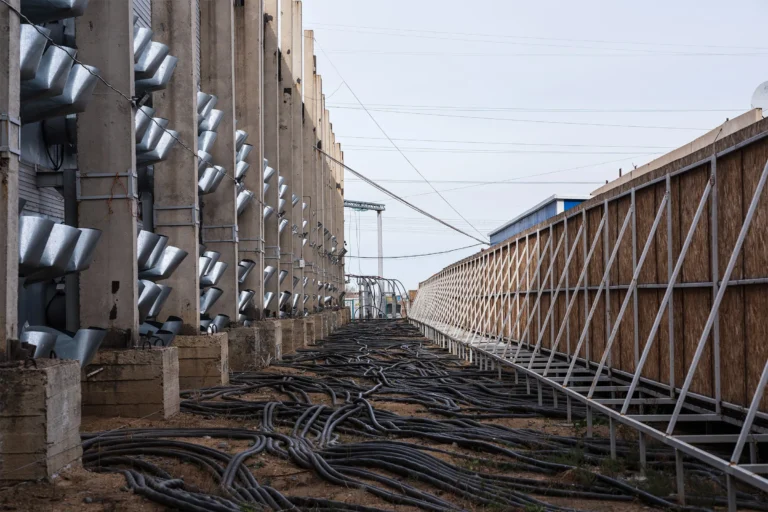Big news coming out of China—its factories are on a tear, exporting more goods than ever, which has led to a record trade surplus in June. Imagine fleets of electric cars, countless household appliances, and endless supplies of toys and clothing being shipped out. It’s quite a sight!
China’s customs administration just reported a massive $99 billion trade surplus for June. While exports surged, imports took a hit, with Chinese consumers and businesses becoming more cautious about spending. This trade imbalance is a bit of a double-edged sword. For China, it’s a win. Factories stay busy, and the economy keeps chugging along. But for the rest of the world? It’s a mixed bag.
Why the concern abroad? Well, other countries worry that this flood of Chinese goods might hurt their own industries, leading to factory closures and slower economic growth. In response, several nations like the US, EU, Brazil, India, and Turkey are ramping up tariffs on Chinese products to protect their own markets.
This record-breaking surplus isn’t a fluke. It surpasses the previous record set in July 2022, when China was bouncing back from severe COVID-19 lockdowns. Now, with a housing crisis causing Chinese consumers to tighten their belts, the country is leaning even more on exports to keep its economy afloat.
Imports to China dropped by 2.3% in June compared to last year, totaling about $209 billion. Meanwhile, exports jumped by 8.6% to $308 billion. This imbalance has led to significant trade surpluses with key partners—$32 billion with the US and $22.6 billion with the EU.
This situation is creating particularly lopsided trade dynamics with some countries. For instance, China’s exports to Kenya are now more than 40 times its imports from the African nation, which is grappling with heavy debts and economic unrest.
Brad Setser from the Council on Foreign Relations points out that the sheer volume of goods China is exporting is astounding, despite falling prices. This shows China’s strategy of growing its economy through exports, especially manufactured goods, is in full swing. But this approach is causing friction with trading partners who worry about becoming overly dependent on Chinese products.
China, already producing nearly a third of the world’s manufactured goods, is doubling down on this strategy. President Xi Jinping has set a goal of boosting industrial output with advanced automation and robotics. This focus on industry is seen as a way to counterbalance the ongoing housing crisis, with banks heavily lending to industrial sectors.
So, while China’s record trade surplus might seem like a win for Beijing, it’s causing ripples of concern around the world. As China pushes forward with its industrial ambitions, the global economic landscape is watching closely, preparing for the impacts of this giant’s next moves.



